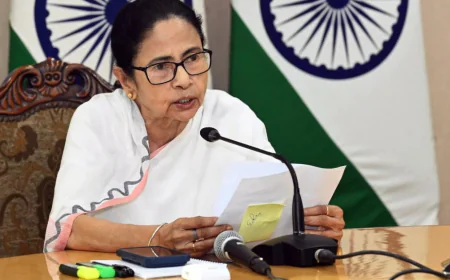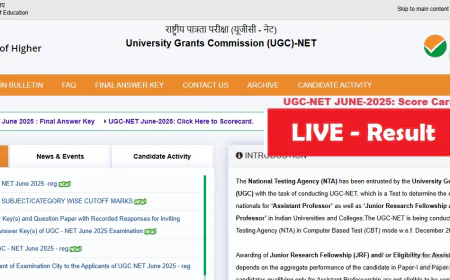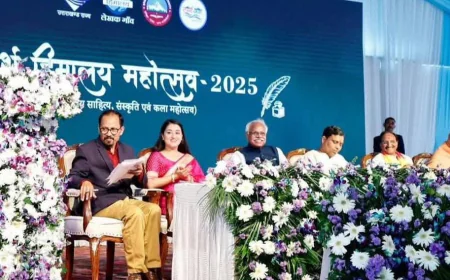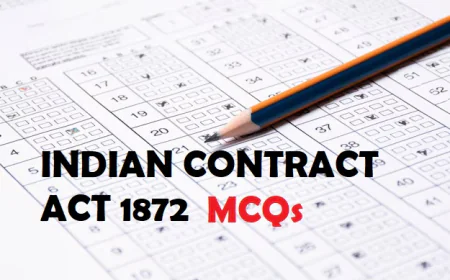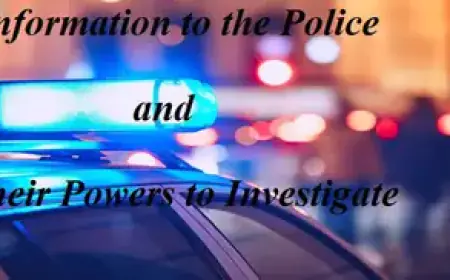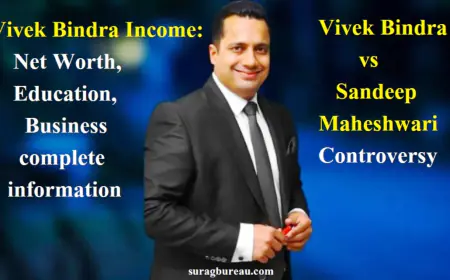The Quantum Age
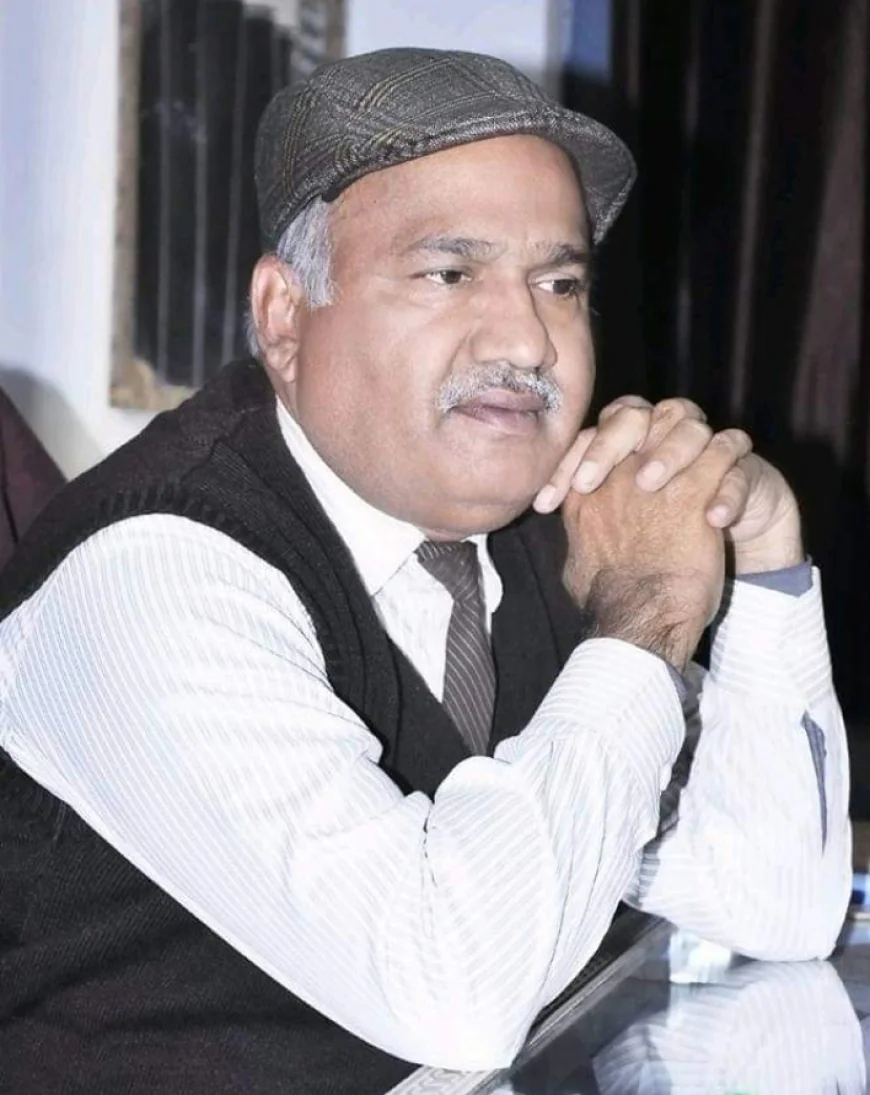
The Quantum Age
The "Quantum Age" is a term used to describe a new era of technological advancement driven by our ability to understand, control, and apply the principles of quantum mechanics. While the theoretical foundations of quantum mechanics were laid over a century ago, the current "Quantum Age" is defined by the emergence of practical quantum technologies with the potential to transform various sectors. Key Concepts of the Quantum Age The Quantum Age is built upon the unique and often counterintuitive properties of the subatomic world, including: * Superposition: Unlike a classical bit, which can be either a 0 or a 1, a quantum bit (qubit) can exist in a superposition of both states simultaneously. This allows quantum computers to process an immense amount of information in parallel.
* Entanglement: This is a phenomenon where two or more qubits are linked in such a way that the state of one instantly affects the state of the others, no matter how far apart they are. This "spooky action at a distance," as Einstein called it, is a key resource for quantum communication and computation. * Quantization: The idea that physical properties, such as energy, can only exist in discrete, indivisible packets, or "quanta." This was a foundational concept introduced by Max Planck in 1900. Major Areas of Quantum Technology The Quantum Age is not just about computing.
It encompasses several interconnected fields: * Quantum Computing: This is the most well-known aspect. Quantum computers have the potential to solve problems that are intractable for even the most powerful classical supercomputers. This could revolutionize fields like drug discovery, material science, financial modeling, and artificial intelligence. * Quantum Communication: This field focuses on creating ultra-secure communication networks. Quantum key distribution (QKD), for example, uses the laws of physics to ensure that any eavesdropping attempt on a transmitted key is instantly detectable. * Quantum Sensing and Metrology: By leveraging the extreme sensitivity of quantum systems, quantum sensors can achieve unprecedented levels of precision in measurements. Applications range from medical imaging and navigation to fundamental physics research. Historical Context The theoretical groundwork for the Quantum Age was laid in the early 20th century. Key milestones include: * 1900: Max Planck introduces the concept of energy quanta to solve the black-body radiation problem. * 1905: Albert Einstein explains the photoelectric effect by proposing that light is composed of discrete particles (photons).
* 1920s: The formal theory of quantum mechanics is developed by a generation of brilliant physicists, including Niels Bohr, Werner Heisenberg, Erwin Schrödinger, and others. While the "Quantum Age" as a technological era is a more recent development, the principles of quantum mechanics have been instrumental in creating many technologies we use today, such as transistors, lasers, and solar cells. Challenges and the Future The Quantum Age is still in its early stages. Significant challenges remain, including: * Technical Limitations: Building a stable and scalable quantum computer is extremely difficult. Qubits are fragile and easily disrupted by their environment, leading to errors. * Workforce Shortages: There is a growing need for a skilled workforce with expertise in quantum physics, engineering, and computer science.
* Cybersecurity Risks: While quantum communication promises a new level of security, the power of quantum computers could also break many of the encryption algorithms used today, posing a significant risk to digital security. Despite these challenges, the potential of quantum technology is vast. Experts believe that the Quantum Age will usher in a new era of innovation, with applications that could transform everything from medicine and finance to transportation and national security. It is a period of exploration, invention, and discovery that promises to be as transformative as the Information Age that preceded it.
Vijay Garg Retired Principal Educational columnist Eminent Educationist street kour Chand MHR Malout -

